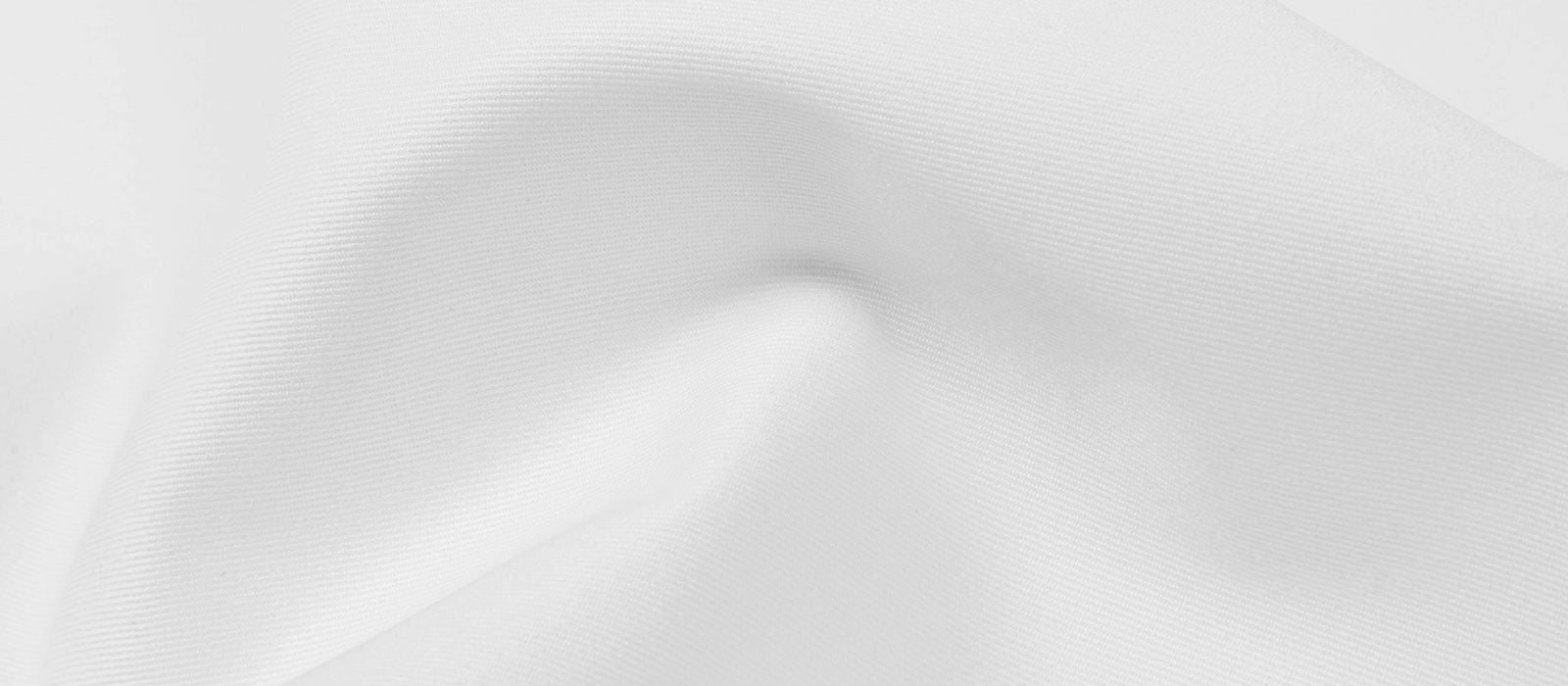A comprehensive guide to understanding the basics of men's shirt fabrics
A great dress shirt is the sum of all it’s parts, and fabric is the cornerstone. The fit and style can be exceptional, but without high quality fabric your shirt will feel uncomfortable. The most common fabric used for men's dress shirts is 100% cotton. This is for good reason. Let's look into the elements of great dress shirt fabrics below.
It all begins with cotton

Cotton Quality
Cotton quality is based on the fiber length and thickness. The best cotton grows with longer, finer fibers. These longer fibers increase the strength of your shirt because there are less breaks in the yarn structure. Also, longer fibers make smoother yarns because there are less fiber ends. The ends of a fiber are what create the the look of fuzz on the fabric surface. The finer the fiber, the finer the yarn. This in turn creates a finer fabric. When a finer weight fabric is not necessary, finer yarns are combined together to make multiple ply fabrics. These finer fabrics have increased durability and abrasion resistance and are smoother to the touch.

Cotton Source
Temperature and weather fluctuations cause the plant to grow the cotton fibers at different rates. Prized cotton matures through climate consistency. Prized cotton is also more rare and expensive if there is less agricultural planting space; such is the case for Sea Island Cotton.the more even the growing conditions, the smoother the fibers.

4 species of cotton:

The final step after the yarns have been woven together. This step can make all the difference. Most shirt makers and customers overlook the importance of finishing. Depending on the desired results, fabrics are passed though large machines that do the following finishes:


